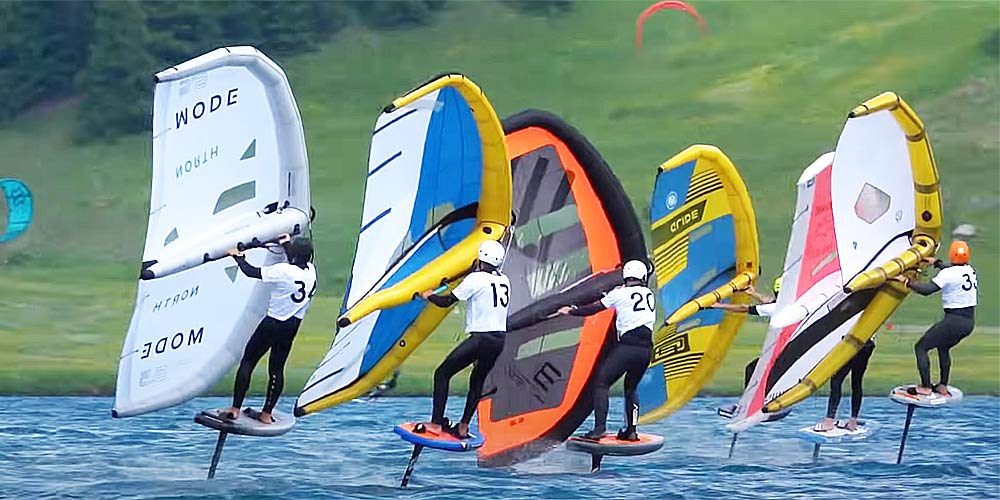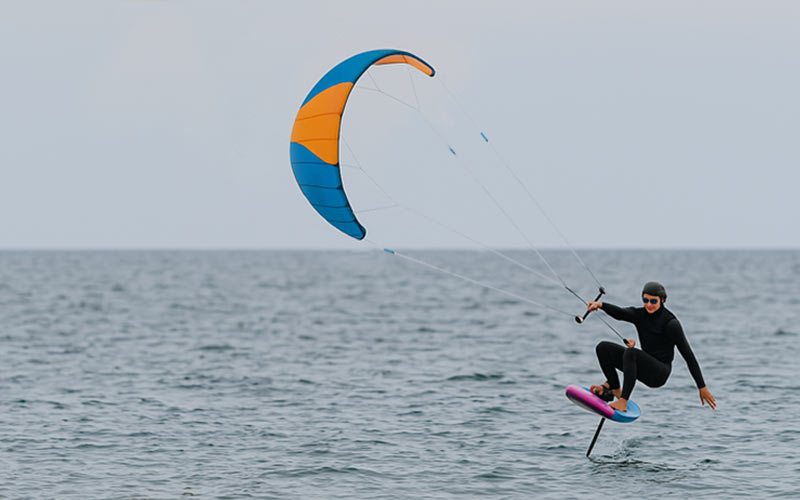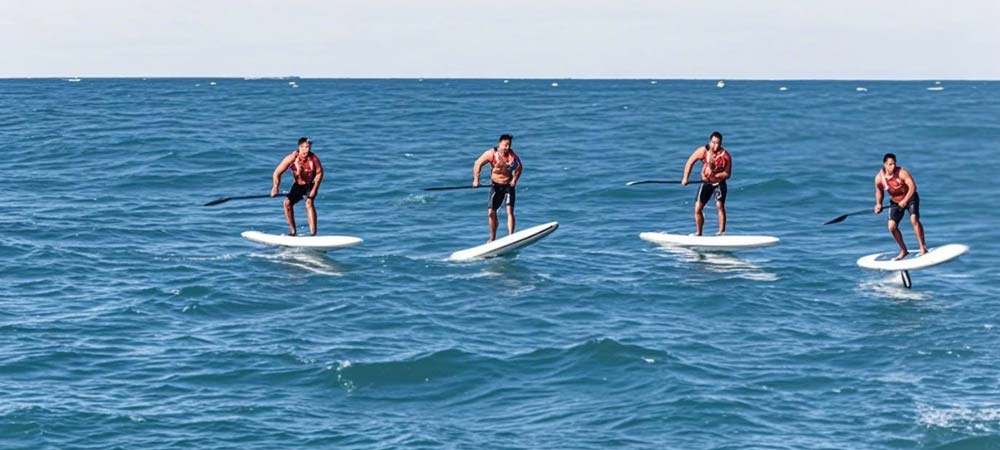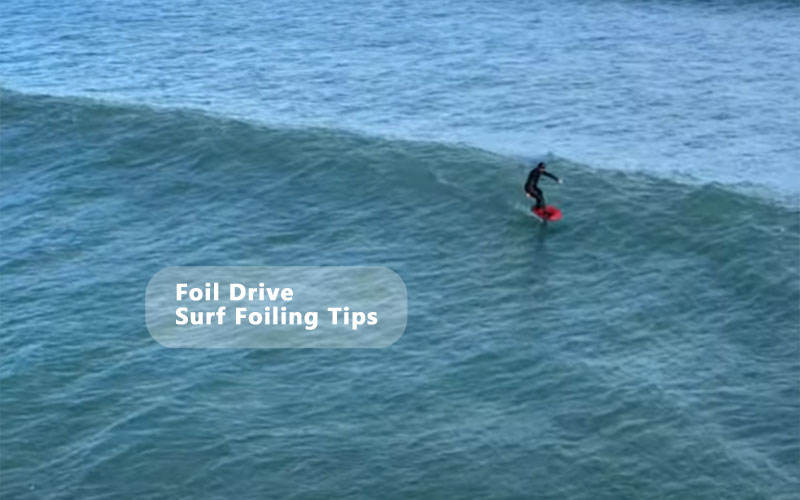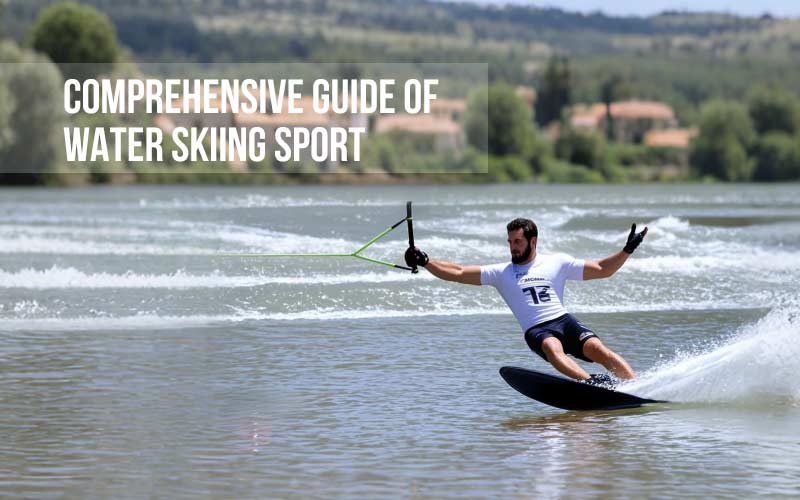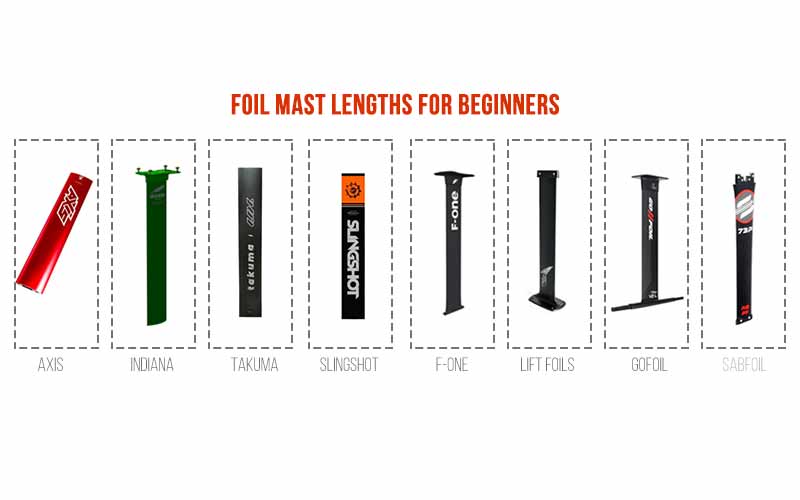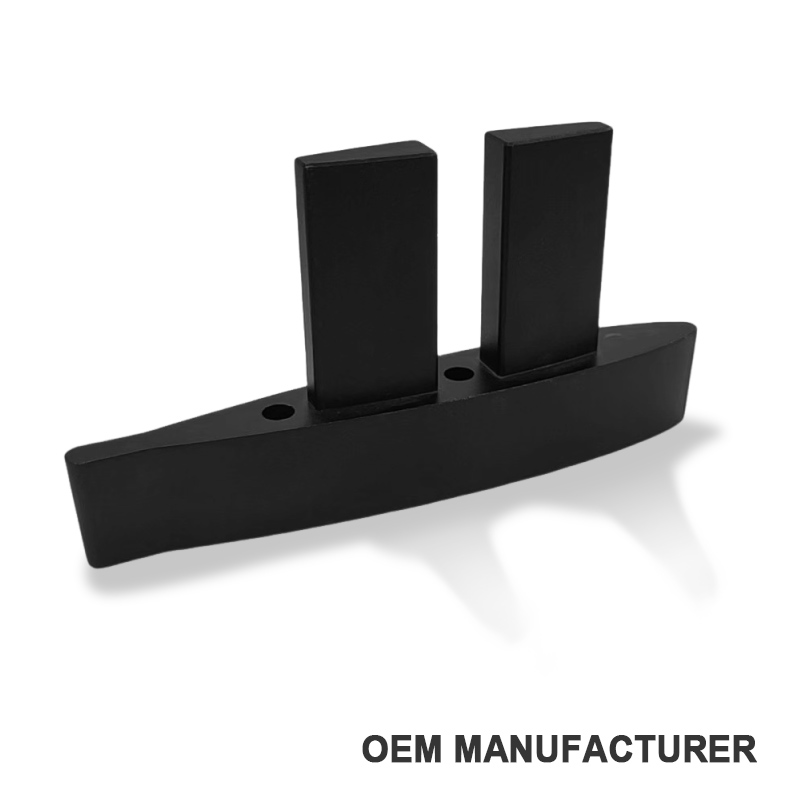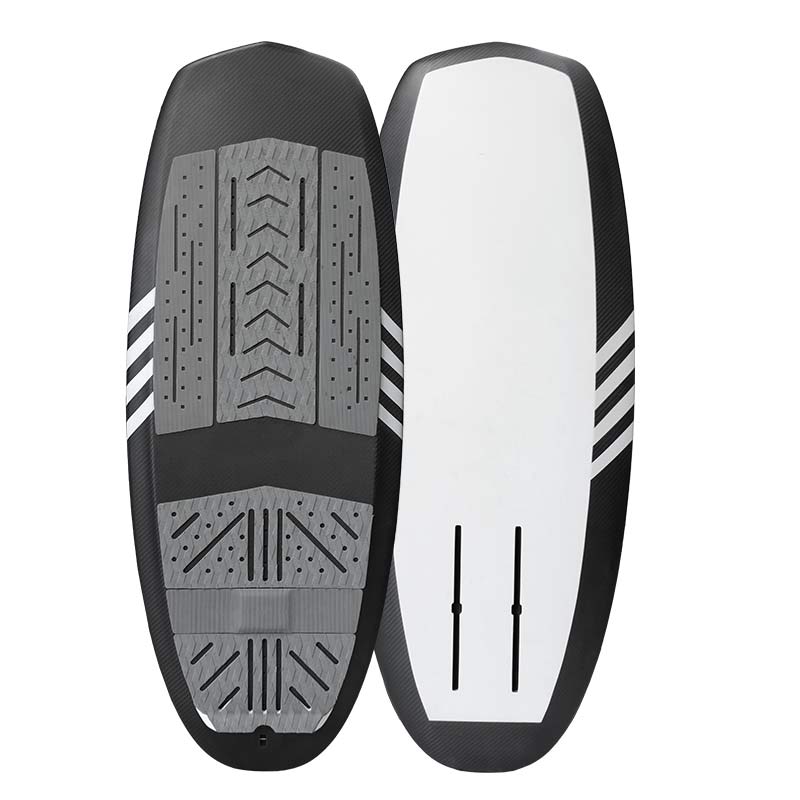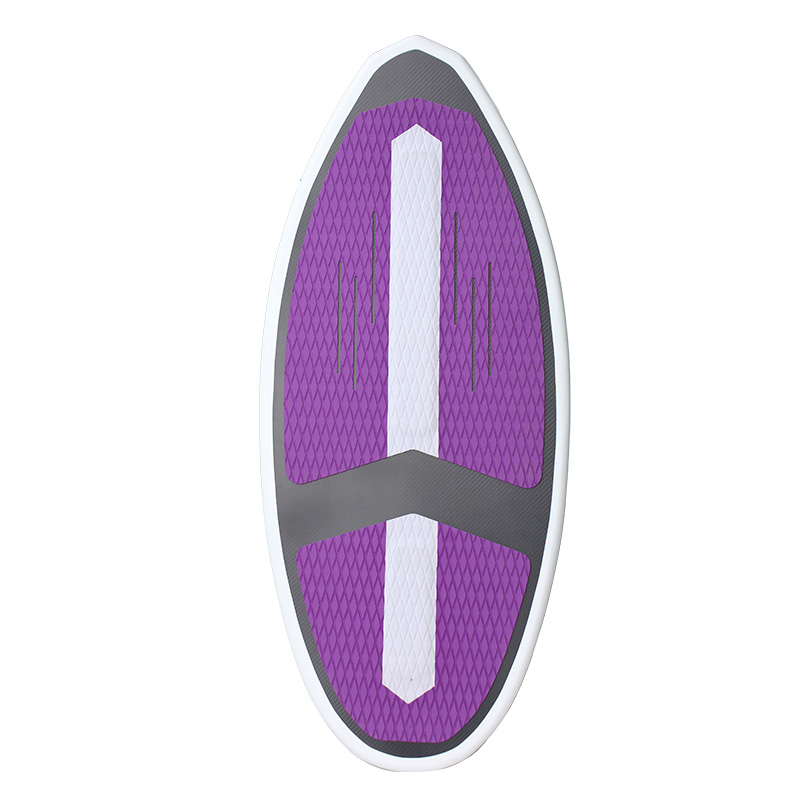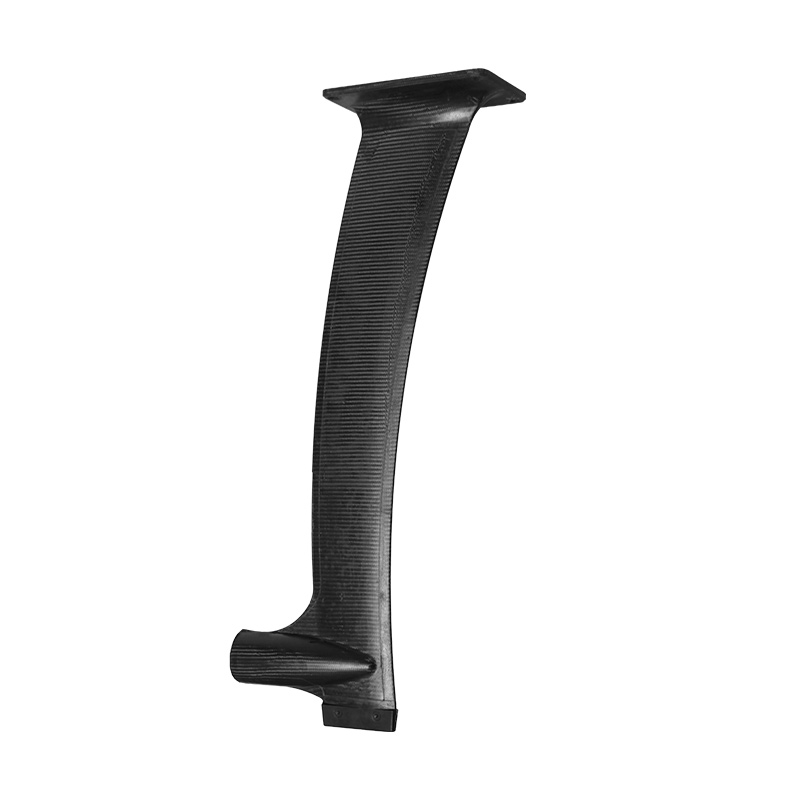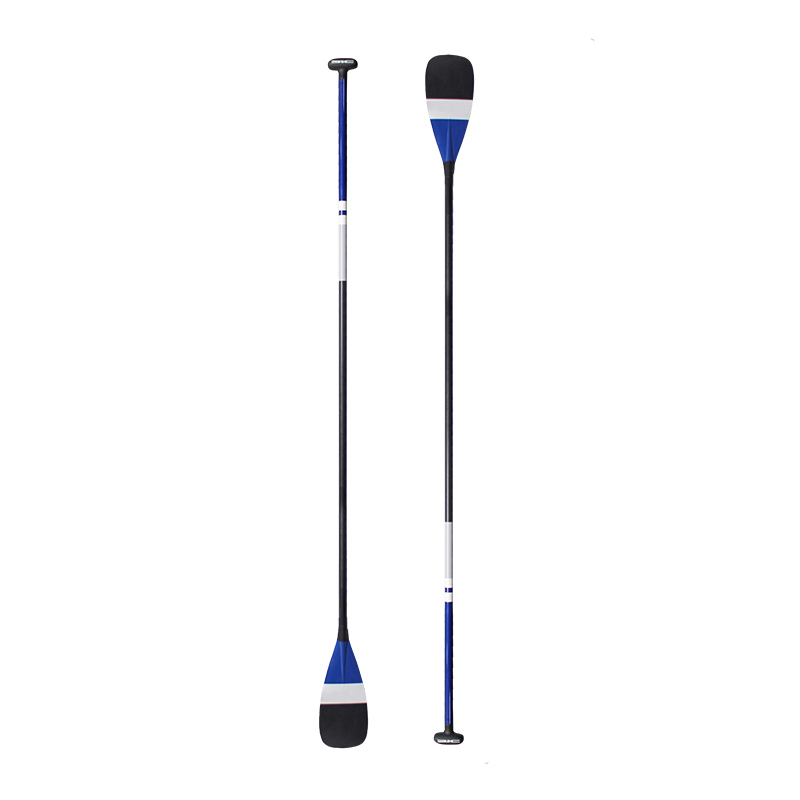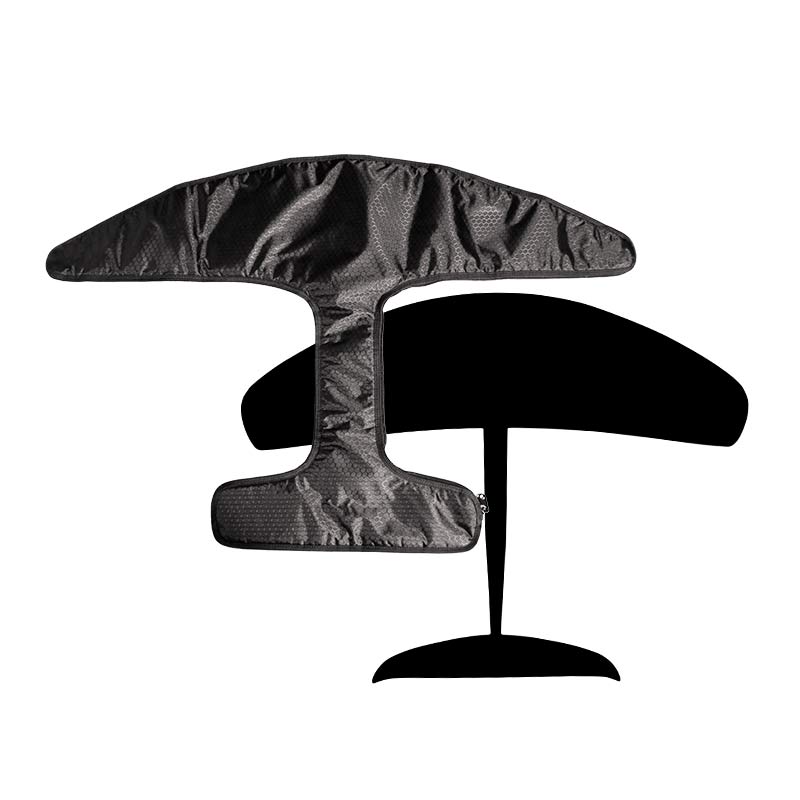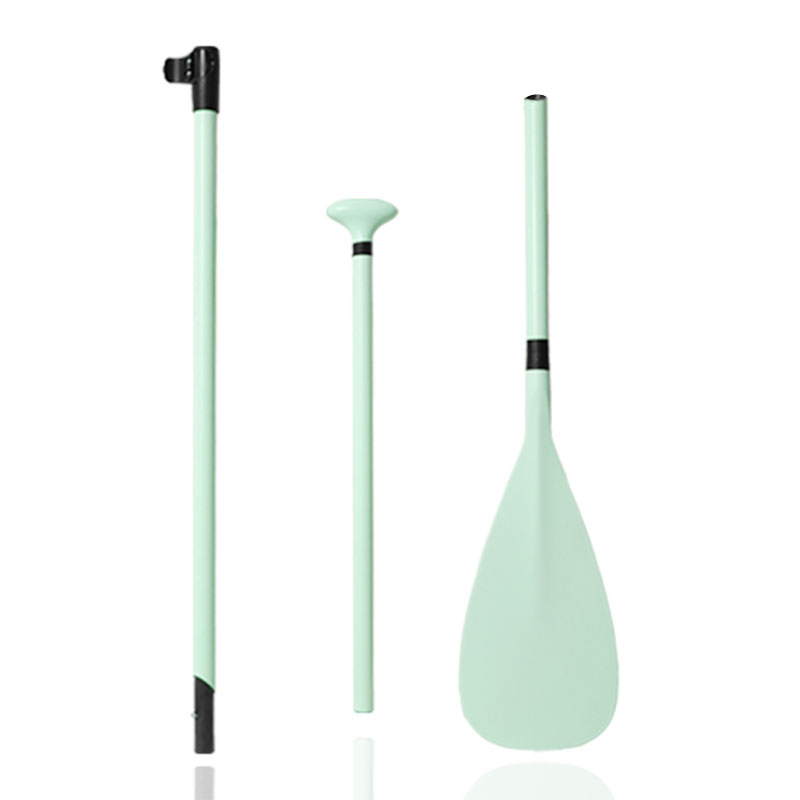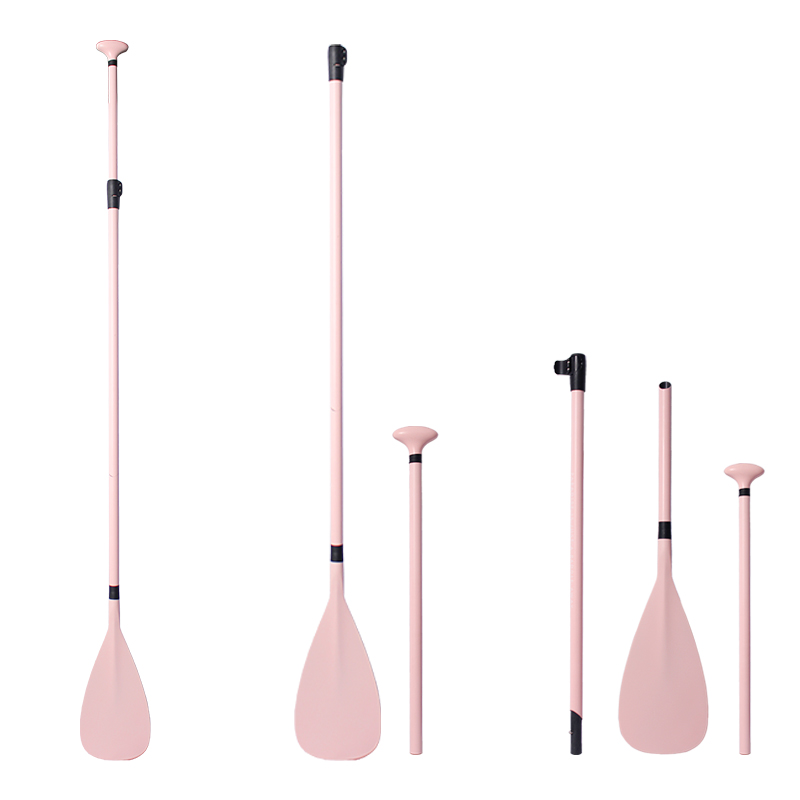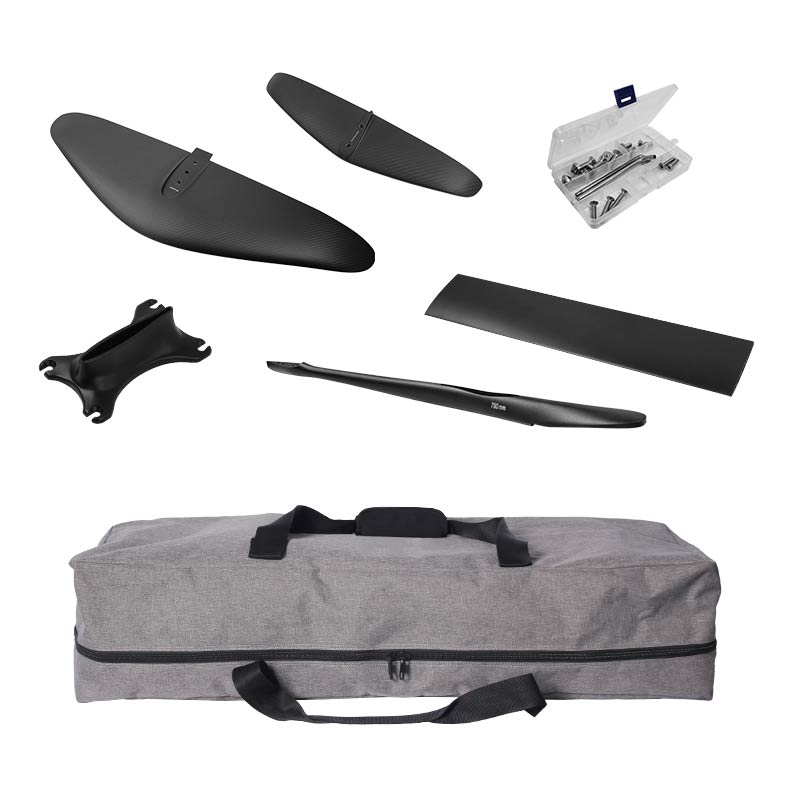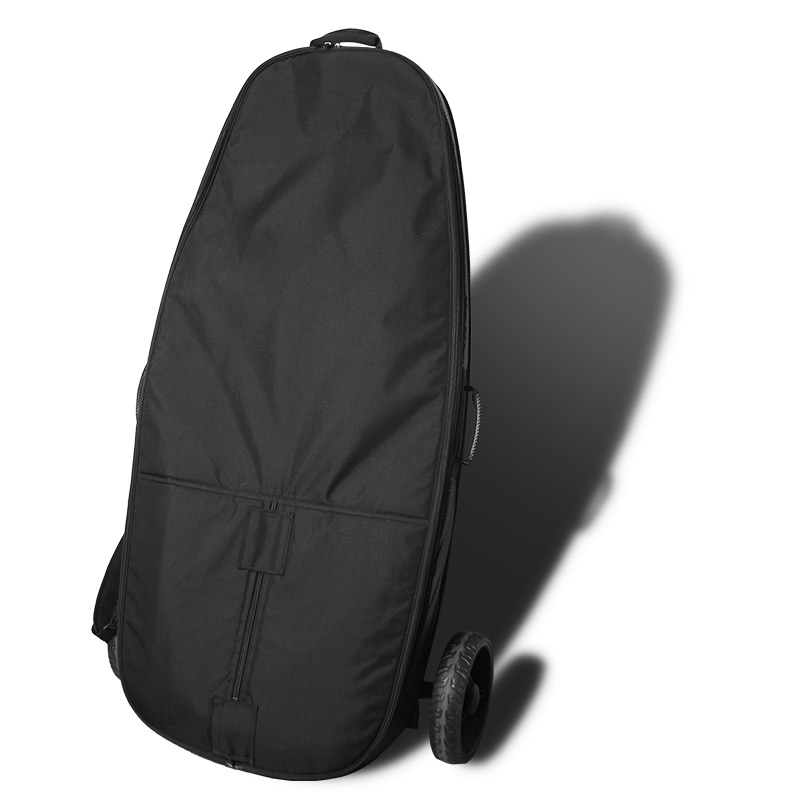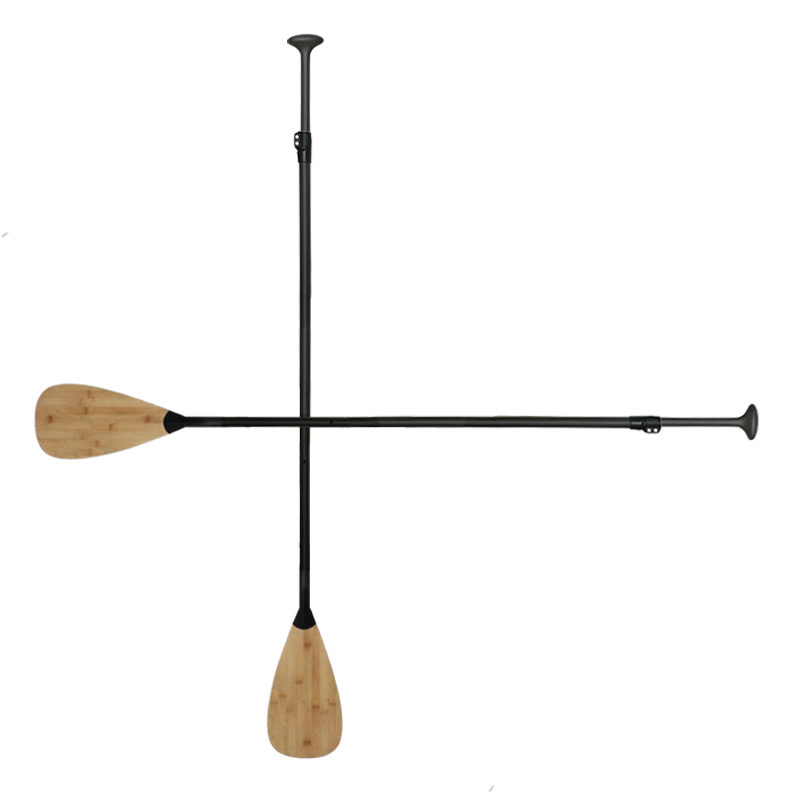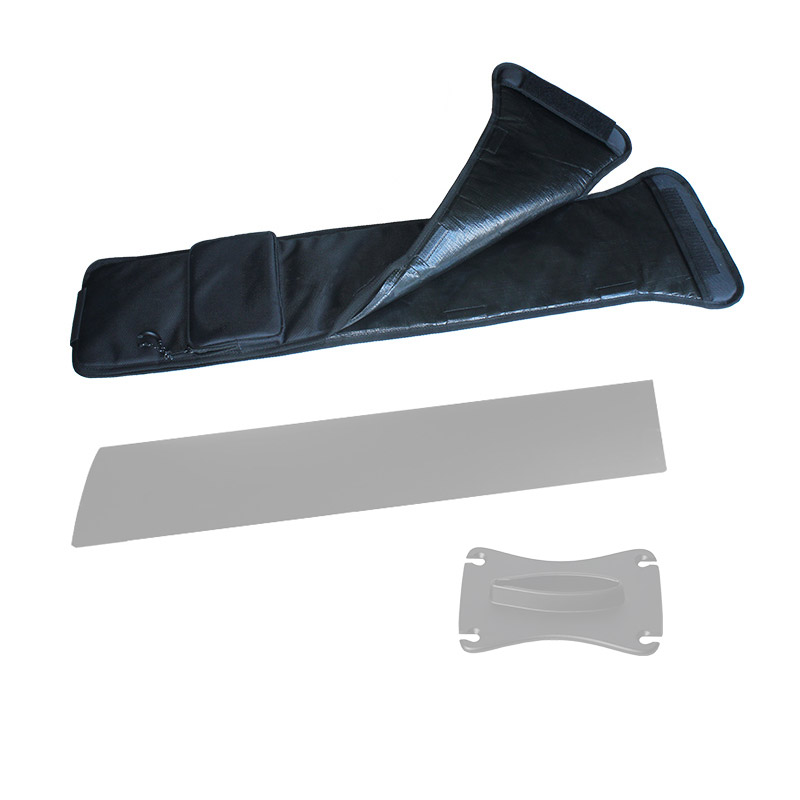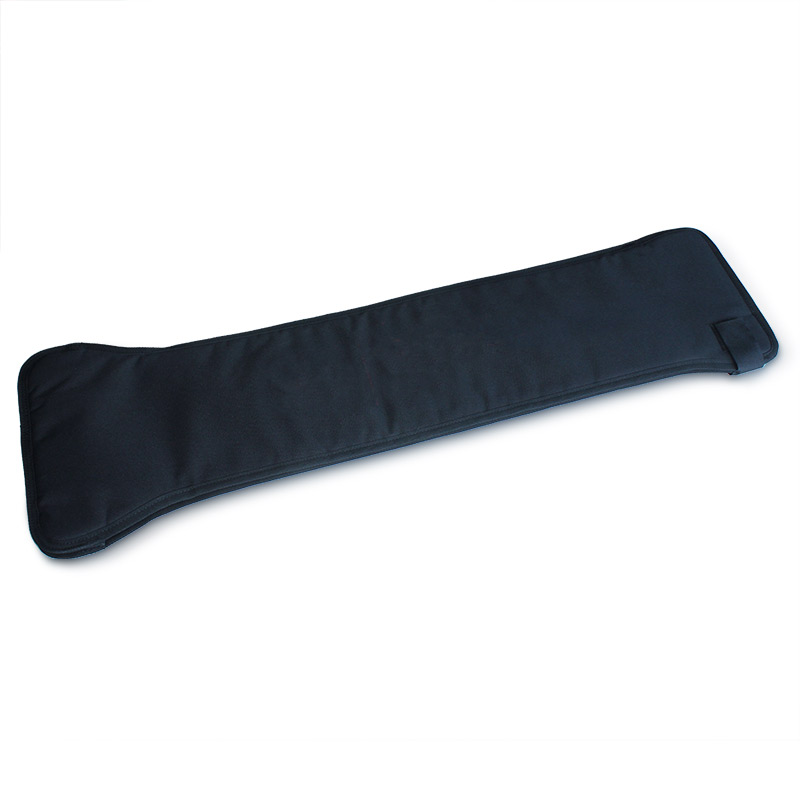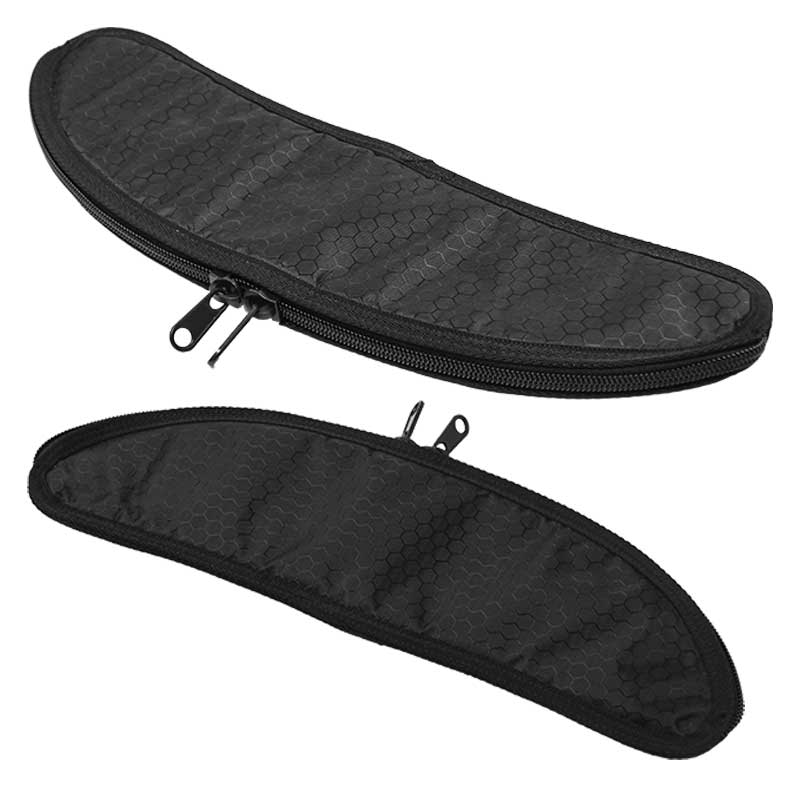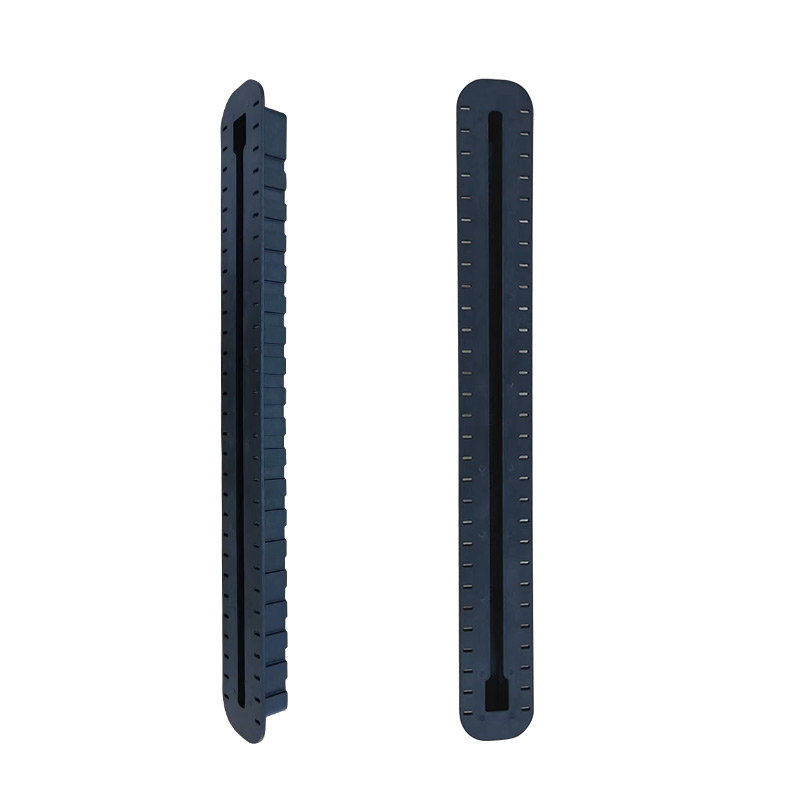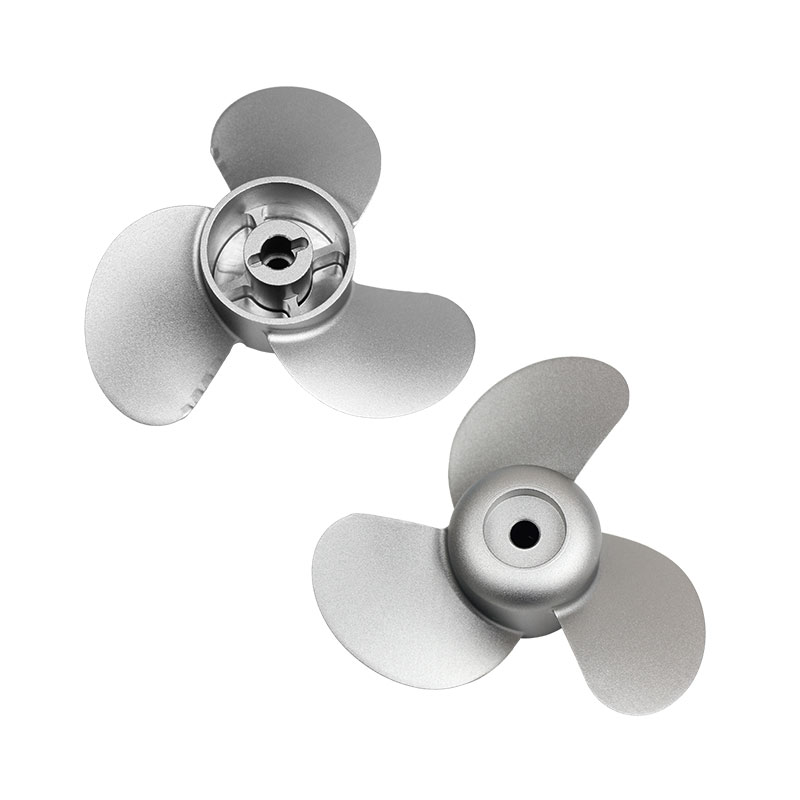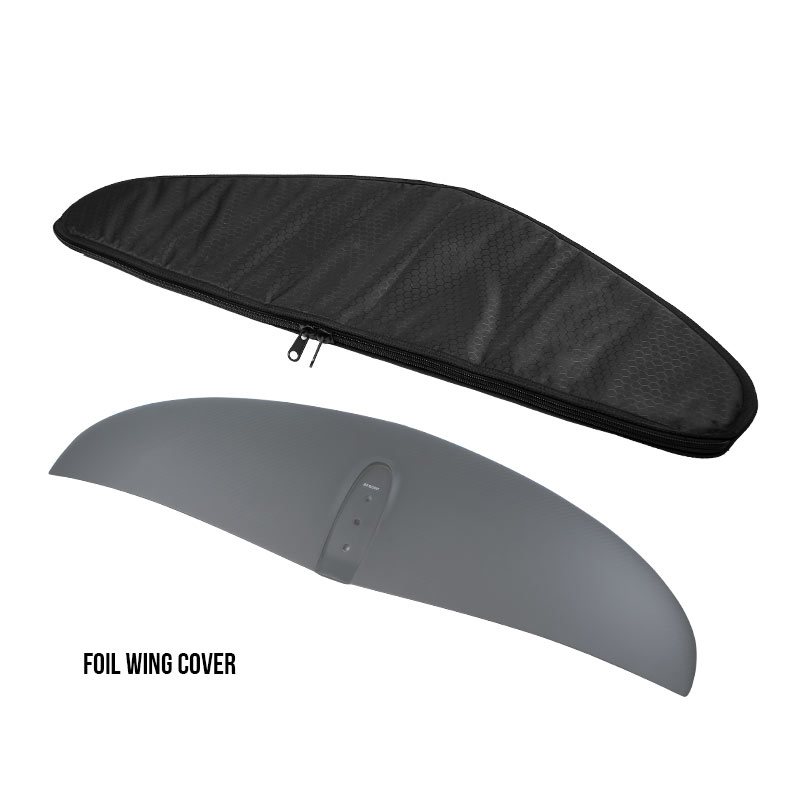Tow foiling is rapidly gaining popularity among water sports enthusiasts, offering a unique blend of surfing, foiling, and towing dynamics. Whether you’re a beginner looking to get started or an intermediate rider aiming to refine your skills, this comprehensive guide will walk you through everything you need to know about tow foiling. From basic techniques to choosing the right equipment—like foils, boards, and tow sources—we’ve got you covered. Let’s dive into the world of tow foiling and explore how you can master this exhilarating sport.
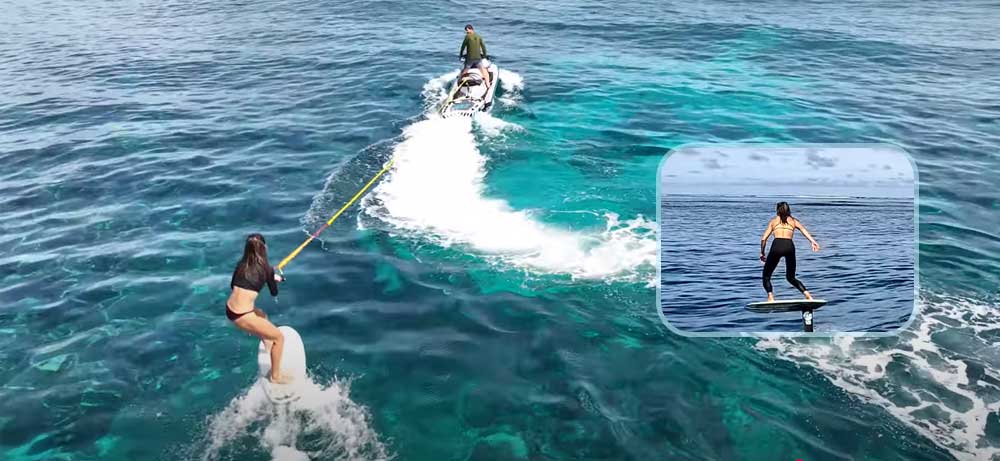
What is Tow Foiling?
Tow foiling is a water sport where a rider is towed behind a boat, jet ski, or other power source while riding a foil board—a specialized board equipped with a hydrofoil. The hydrofoil, mounted beneath the board, lifts it above the water’s surface, reducing drag and allowing for a smooth, gliding experience. Unlike traditional wakeboarding or surfing, tow foiling relies on the foil’s lift to keep you elevated, giving you the sensation of flying over the water.
The tow-in aspect makes it easier to catch waves or ride in conditions where paddling or wing foiling might not suffice. Once towed into position, riders can release the tow rope and surf waves or pump the foil to maintain momentum. It’s a versatile sport that combines technical skill, balance, and an understanding of hydrodynamics.
Why Tow Foiling?
Tow foiling offers several advantages over other water sports:
- Accessibility: You don’t need perfect wave conditions or strong winds—just a tow source and open water.
- Versatility: It works in flat water, small waves, or big swells.
- Low Impact: The smooth ride reduces strain on your body compared to traditional surfing or wakeboarding.
- Thrill Factor: The sensation of gliding above the water is unmatched.
Whether you’re chasing waves or simply cruising behind a boat, tow foiling provides an exciting way to experience the water.
Basic Techniques to Get Started with Tow Foiling
Getting up and riding on a tow foil board may seem daunting at first, but with the right approach, it’s manageable for beginners. The key is to start with proper positioning, maintain balance, and gradually control the lift of the foil. Here’s a step-by-step breakdown of the wake surf-style popup technique, one of the most effective ways to start:
- Positioning:
- Begin in the water with your feet positioned on the board, keeping it level with the surface.
- Hold the tow rope with your front hand while gripping the board’s rail with your back hand for added control.
- Squat deeply with your knees bent and shoulders centered over the board, maintaining a low and stable stance.
- The Pull:
- As the boat starts pulling, shift both hands to the tow rope for a firm and controlled grip.
- Keep your weight slightly forward to ensure the board stays flat and begins to plane on the water’s surface.
- Avoid pulling too hard on the rope—let the boat gradually lift you as speed increases.
- Standing Up:
- Once the board gains enough speed and stabilizes on the surface, begin to rise by straightening your legs slowly.
- Push down gently on the board’s nose to prevent the foil from lifting too aggressively.
- Maintain a balanced posture with your knees slightly bent, head up, and eyes focused forward.
- Riding:
- Keep the foil low in the water initially to prevent sudden, uncontrolled lifts.
- Shift your weight subtly between your front and back foot to control lift and speed.
- If you feel the board stalling, try to let it glide on the water rather than making drastic movements.
- Use smooth, controlled turns rather than jerky motions to avoid sudden losses of balance.
- Whipping In:
- When preparing to catch a wave, lean outwards and edge away from the boat while increasing speed.
- Time your release by letting go of the rope when you’re about halfway or two-thirds up the wave face.
- Once on the wave, shift your focus to carving and maintaining control rather than speed.
- Keep your knees slightly bent to absorb changes in wave energy and maintain stability.
A skilled driver plays a crucial role in ensuring a smooth and controlled ride. An experienced driver can line you up perfectly with the wave, allowing for an effortless transition from tow to free riding. With patience and practice, mastering the basics of tow foiling can open the door to an exhilarating and rewarding experience on the water.

Choosing the Right Equipment for Tow Foiling
Your tow foiling experience depends heavily on your gear. Here’s a detailed look at the essential components—boards, foils, and tow sources—and how to select the best options.
1. Tow Foil Boards
The board is your platform, and its design impacts everything from stability to performance. Here’s what to consider:
- Volume and Weight:
- Low-volume boards are ideal for tow foiling. They’re easier to tow up and offer better turning and pumping performance.
- High-volume, floaty boards tend to rotate downward when starting, which can be frustrating. Mitigate this by pressing your elbow into the deck while holding the rail.
- Width:
- Narrower boards (around 17 inches) provide better rail clearance and control. Ensure the deck pad extends to the rails for comfort and grip.
- Adjust the width based on your stance and preference—wider for stability, narrower for agility.
- Length:
- A length of about 4 feet 1 inch allows for a well-designed nose rocker, keeping your front foot level with your back foot for comfort.
- Too short, and you lose stability; too long, and it becomes unwieldy.
- Construction:
- Tow foil boards are thin, so high-quality foam and carbon laminate are crucial for stiffness and responsiveness.
- They also endure significant abuse in boats, so opt for a tough layup for durability.
- In Summary:
- Tow-Specific Boards: Low volume, narrow, and durable, designed for towing dynamics.
- Hybrid Boards: Usable for tow and wing foiling, though less optimized.
- Prone Foil Boards: Shorter and wider, less ideal for towing due to floatiness.
2. Hydrofoils
The foil is the heart of tow foiling, lifting you above the water. Key components include the mast, front wing, and stabilizer.
- Mast:
- A foil mast length of 80 cm or above is recommended, with 87 cm being a sweet spot. It provides clearance for wobbles, chop, and aggressive turns without compromising pumping efficiency.
- Avoid overly long masts (e.g., 100 cm+), as they can hinder turning and pumping.
- Front Wing:
- Size the front wing to your weight and the wave conditions. Seek advice from locals or experienced riders at your spot.
- Aspect ratio: Aim for 8 to 9.5 for smaller foils. This balances glide, control, and turning.
- Look for wings with tips that handle breaches well, preventing wipeouts when the foil breaks the surface.
- Stabilizer:
- Fine-tune your stabilizer for balance. Too much front foot pressure? Reduce tail shim. Feeling unstable? Add shim or use a larger stabilizer.
- Beginners should err on the side of more front foot pressure for stability.
- Shimming:
- If your foil is too large for the waves, shim the base plate 1° nose-up to improve control and touchdown performance at high speeds.
- In Conclusion:
- High-Aspect Foils: Great for glide and efficiency, ideal for small to medium waves.
- Low-Aspect Foils: Better for stability and slow speeds, suited for beginners or flat water.
- Mid-Aspect Foils: A versatile middle ground, balancing control and performance.
3. Tow Sources
The power source towing you is just as important as your board and foil. Common options include:
- Motorboats:
- Small boats work well but require careful speed control to avoid overpowering the rider.
- Ideal for flat water or small waves.
- Jet Skis:
- Jet skis offer precision and quick resets, making them a favorite for wave chasing.
- They’re safer than boats with exposed props, reducing risk in the water.
- Winches:
- Stationary winches on shore can tow you in flat water, though they’re less common and limit mobility.
- Other Options:
- In rare cases, riders use kite systems or even drones, though these are experimental and less practical.
- Meanwhile, other options like ZeroTow Boogie, TAKUMA E-TOW, etc. which is derived by the remote control.
A good driver or operator is critical, especially with boats or jet skis. They need to match your speed and position you correctly, particularly for whip-ins.
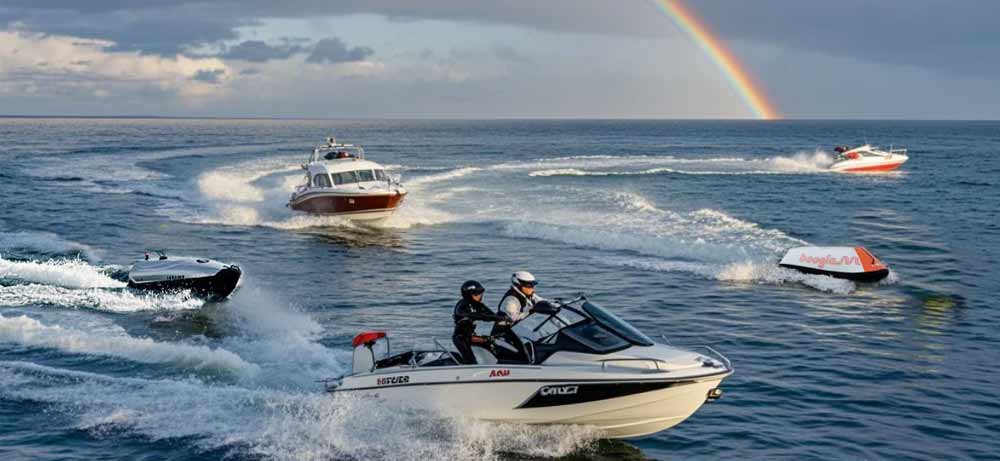
Additional Tips for Tow Foiling Success
- Safety First:
- Exposed boat props are the biggest hazard. Stay vigilant and keep your crew accountable.
- If using a jet ski isn’t an option, maintain a safe distance from the tow source.
- Tuning Your Gear:
- Check out detailed resources on stabilizer tuning if you’re feeling unbalanced. Small adjustments can make a big difference.
- Practice and Patience:
- Tow foiling has a learning curve. Focus on mastering the popup and maintaining board control before chasing waves.
- Have Fun:
- Record your sessions to track progress (and laugh at your wipeouts later). Enjoy the camaraderie of your crew.
Getting Started: Where to Begin?
If you’re new to tow foiling, start with these steps:
- Find a Mentor: Connect with experienced riders or locals for gear advice and spot recommendations.
- Rent or Demo Gear: Test different boards and foils before committing to a purchase.
- Join a Trip: Look for guided tow foiling trips, like those in Chakama, for hands-on learning.
- Reserve Your Gear: Limited-release tow boards, like those from OM Foils (available October-November), sell out fast—get on the list early.
Conclusion
Tow foiling is an exciting gateway into the world of hydrofoiling, blending the thrill of surfing with the accessibility of towing. By mastering basic techniques like the wake surf-style popup, choosing low-volume boards, and pairing them with the right foil (think 87 cm masts and mid-to-high aspect wings), you’ll be gliding over the water in no time. Whether towed by a boat, jet ski, or winch, the key is practice, proper gear, and a reliable driver.
Ready to take the plunge? Like and subscribe to channels like OM Foils for more tips, drop a comment with your questions, and reach out to for gear or trip connections. With the right setup and a bit of persistence, tow foiling will unlock a whole new dimension of water sports fun. See you on the water!

